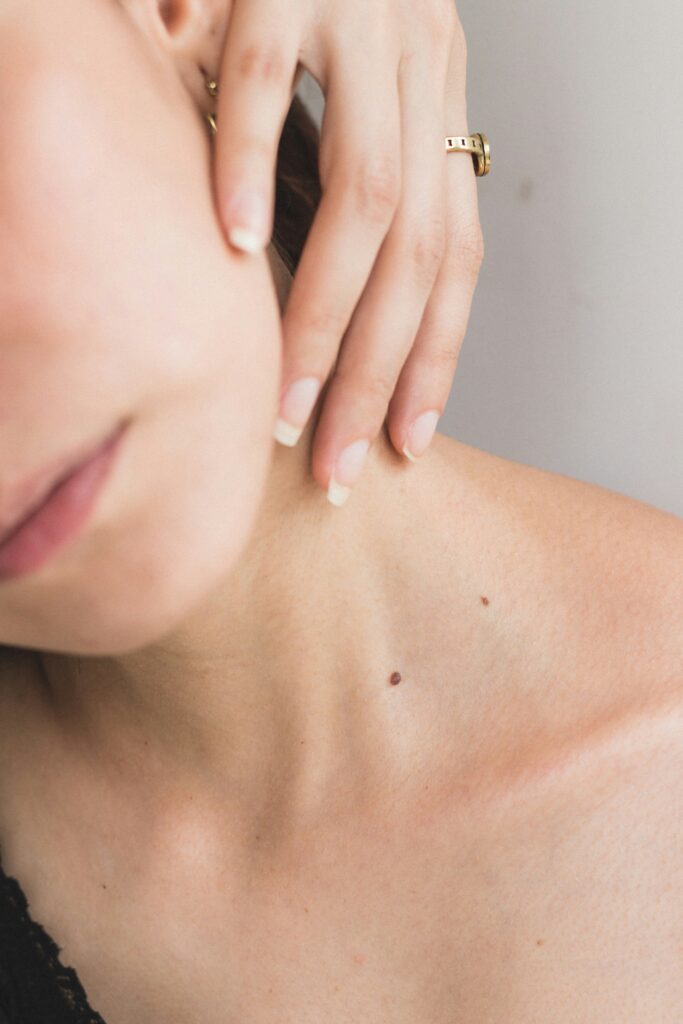Transitioning between the cozy warmth of indoor environments and the cold, wet conditions outside can be harsh on the skin. Protecting your skin from sudden weather changes is crucial to maintaining its health and resilience. These fluctuations can strip your skin of moisture, exacerbate sensitivity, and lead to various skin issues. This guide offers practical, science-backed advice on how to care for your skin during these transitions, ensuring it remains healthy, hydrated, and resilient.
Understanding the Impact of Sudden Weather Changes on Skin
When you move from a heated indoor space to the cold, wet outdoors, your skin faces several challenges:
- Temperature Fluctuations: Sudden changes in temperature can cause blood vessels to constrict and dilate rapidly, leading to redness and irritation.
- Humidity Variations: Indoor heating often creates a dry environment, while the outdoors may be damp and cold, causing your skin to lose moisture rapidly.
- Wind and Rain Exposure: These elements can strip the skin of its natural oils, leading to dryness and chapping.
To combat these issues, a consistent and well-thought-out skincare routine is essential.

Skincare Routine for Protecting Skin from Sudden Weather Changes
Morning Routine
- Gentle Cleanser: Start your day with a mild, hydrating cleanser. Look for products containing glycerin or hyaluronic acid to retain moisture. Avoid harsh soaps that can strip your skin of its natural oils.
- Recommendation: CeraVe Hydrating Cleanser.
- Hydrating Toner: Apply a toner that helps to balance your skin’s pH levels and adds an extra layer of hydration.
- Recommendation: Klairs Supple Preparation Unscented Toner.
- Serum: Use a hydrating serum with hyaluronic acid or peptides to lock in moisture.
- Recommendation: The Ordinary Hyaluronic Acid 2% + B5.
- Moisturizer: Choose a rich, emollient moisturizer to create a protective barrier against the cold. Ingredients like ceramides and squalane are excellent for retaining moisture.
- Recommendation: La Roche-Posay Cicaplast Baume B5.
- Sunscreen: Even in cold, wet weather, UV rays can damage your skin. Apply a broad-spectrum sunscreen with at least SPF 30.
- Recommendation: EltaMD UV Clear Broad-Spectrum SPF 46.
Evening Routine
- Double Cleanse: If you wear makeup or sunscreen, start with an oil-based cleanser followed by a gentle hydrating cleanser to ensure all impurities are removed.
- Recommendation: Banila Co Clean It Zero Cleansing Balm.
- Exfoliate: Exfoliate 2-3 times a week to remove dead skin cells and prevent flakiness. Opt for a gentle chemical exfoliant like lactic acid.
- Recommendation: Sunday Riley Good Genes All-In-One Lactic Acid Treatment.
- Hydrating Mask: Use a hydrating mask once or twice a week to replenish moisture. Look for masks with ingredients like aloe vera, honey, or hyaluronic acid.
- Recommendation: Laneige Water Sleeping Mask.
- Night Cream: Apply a thicker night cream to provide intense hydration while you sleep. Ingredients like shea butter and niacinamide can help repair and strengthen the skin barrier.
- Recommendation: Kiehl’s Ultra Facial Overnight Hydrating Masque.
Additional Tips for Protecting Skin from Sudden Weather Changes
- Humidifier: Use a humidifier indoors to add moisture to the air, which can help prevent your skin from drying out.
- Stay Hydrated: Drink plenty of water throughout the day to keep your skin hydrated from the inside out.
- Protective Clothing: Wear scarves, gloves, and hats to shield your skin from the harsh elements when outside.
- Avoid Hot Showers: While tempting, hot showers can strip your skin of its natural oils. Opt for lukewarm water instead.
- Lip Care: Don’t forget your lips! Use a hydrating lip balm to prevent chapping.
- Recommendation: Burt’s Bees Beeswax Lip Balm.

Tailoring Your Routine to Skin Types
Dry Skin
Dry skin requires extra attention during weather transitions. Focus on rich, hydrating products and avoid over-exfoliating. Incorporate facial oils like jojoba or argan oil into your routine for added nourishment.
Oily Skin
Oily skin can still become dehydrated, so choose non-comedogenic, lightweight moisturizers. Gel-based products can provide hydration without clogging pores.
Sensitive Skin
Sensitive skin can be particularly reactive to sudden changes. Stick to fragrance-free, hypoallergenic products and avoid harsh exfoliants. Ingredients like chamomile and aloe vera can help soothe irritation.
Combination Skin
Combination skin needs a balanced approach. Use lightweight moisturizers on oily areas and richer creams on dry patches. Layering products can help address different needs across your face.
Emergency Skin Care Tips
Sometimes, despite your best efforts, your skin might react poorly to sudden weather changes. Here’s how to manage common issues:
- Redness and Irritation: Apply a soothing cream with ingredients like aloe vera or calendula.
- Recommendation: Avene Skin Recovery Cream.
- Dry Patches: Use a hydrating mask or a thick layer of your night cream on dry areas to provide intense hydration.
- Recommendation: First Aid Beauty Ultra Repair Cream.
- Chapped Lips: Apply a thick layer of lanolin-based balm before bed.
- Recommendation: Lanolips 101 Ointment Multi-Balm.
- Flaky Skin: Incorporate a gentle exfoliant to remove dead skin cells, followed by a hydrating serum and moisturizer.
- Recommendation: Paula’s Choice Skin Perfecting 2% BHA Liquid Exfoliant.
Protecting your skin from sudden weather changes, especially when transitioning from heated indoors to cold, wet weather, can be challenging. By adopting a consistent and tailored skincare routine, using the right products, and taking extra precautions, you can protect your skin from the harsh effects of sudden weather changes. Remember, the key is to maintain hydration, shield your skin from the elements, and adjust your routine according to your skin type and the specific challenges you face.





